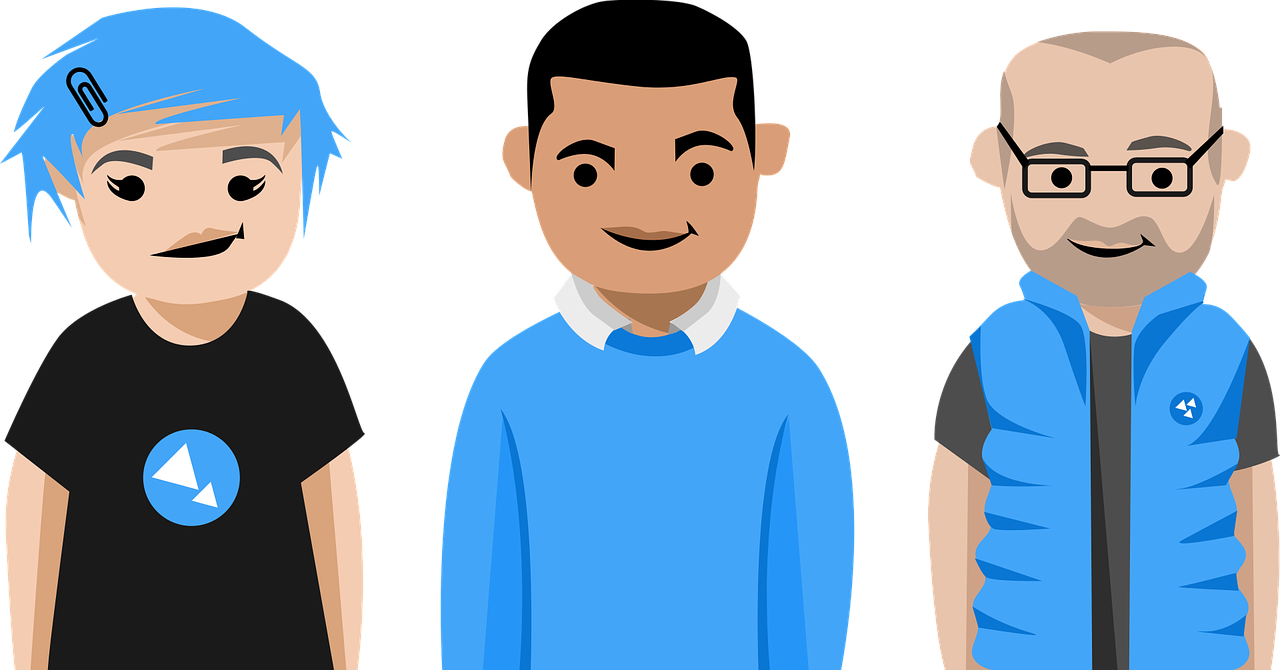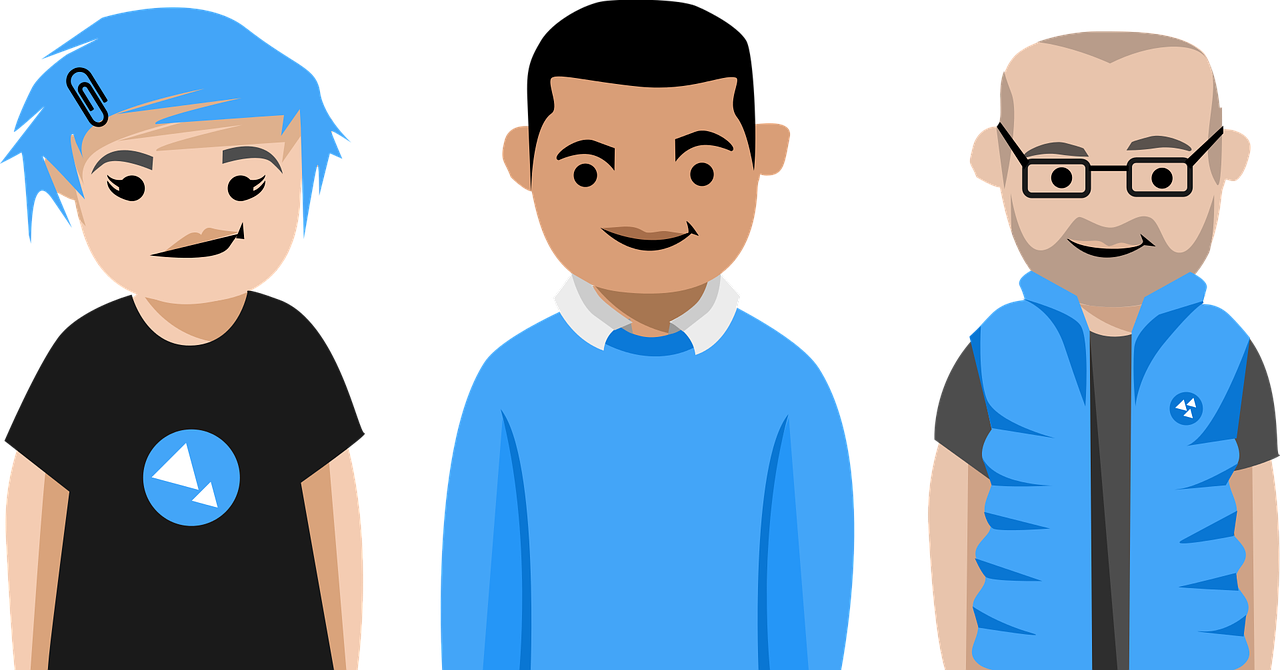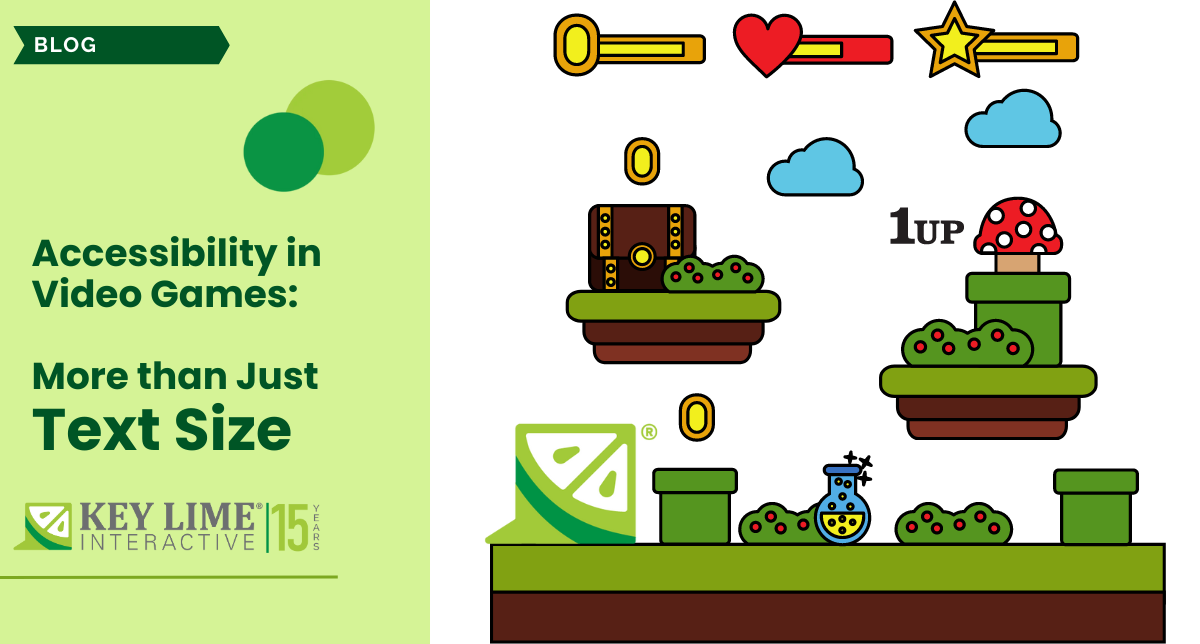

We’ve discussed various design processes such as design thinking and design feeling, but we have yet to discuss the design process that focuses on the user from beginning to end (i.e the UX or user experience design process). While this may seem silly to state, often time the design process is focused on trying to convey a certain message or goal, and the way in which the user can interact with that sometimes falls secondary. This isn’t for lack of interest in the user, this often time happens because the design process is fueled by peoples creative ideas and creating emotionally meaningful concepts. So how do we effectively tighten the reins on this creative process to make sure that the user remains the focus?
User Centered UX Design Solutions
Thankfully in the UX industry, we specialize in coming up with solutions. There currently exists a design process that places users at the front and center of the entire process. User-centered design (UCD) or user-driven development (UDD) is a design framework in which usability goals, user characteristics, and the way in which the user will interact with the design are the focus of the design process. User-centered design often times can be seen as a multi-stage problem-solving process that involves real-world usability testing throughout each stage of the design process. This is what makes UCD or UDD a unique approach to design.
The goal of user-centered design is to be able to gain an intuitive understanding of the user and how they will use the product and use that information to guide the design. UCD’s purpose is to increase product usefulness and usability by designing with and for the user. This means keeping the user as the “end goal” throughout the entire process. By conducting real world tests, designers can gain better insight as to what the users learning curve or experience will be when they interact with the design. Having this kind of real-life user insight creates designs that are more intuitive, innovative and considerate to the users.
So we’ve talked a little bit about what UCD is and it’s goals, but what exactly does this process involve? As stated earlier, it requires doing real-world tests (either with or without potential users) at each phase of the design process and taking the information that is gained through these tests and implementing them at each stage of the design process. This creates a design process that is constantly changing as new information is revealed, and focuses on incorporating that new information into the final product.
Implementing UX Design
How to implement user-centered design throughout the design process:
-
Context of Usage
The first step involves understanding the specific context of usage for the specific design. Who are the primary users of this product? Why are they using this product? Under which environment will they be using this product? -
Requirements for Usage
What are their requirements of usage for this product? What are the requirements necessary for the user to complete the task at hand? This is where the designers can create storyboards and other creative outlets to better understand the requirements. -
Create design solutions
Start an iterative process of usability tests in order to better understand the problems at hand and design solutions for them. This involves product development and user testing. -
Asses the product
More usability testing. Designers conduct tests with users in order to better understand the usability of the product and assess its effectiveness. This part of the process gives large amounts of informative and insightful feedback to the designers.
User-centered design is important because it offers the opportunity to create a more intuitive design process that focuses on the users' needs throughout the entire process. Through implementing UCD, the goal is to create a product that has very high usability. In order to create effective, useful, innovative, smart and impactful UX, it is important to keep the users’ at the center of the design process.
READ MORE: What is Linear UX?, Call to Action for Effective Call to Action Buttons, Accessibility in UX Design, Microinteractions: The What and The Why










Comments
Add Comment